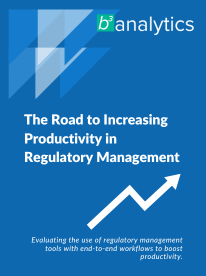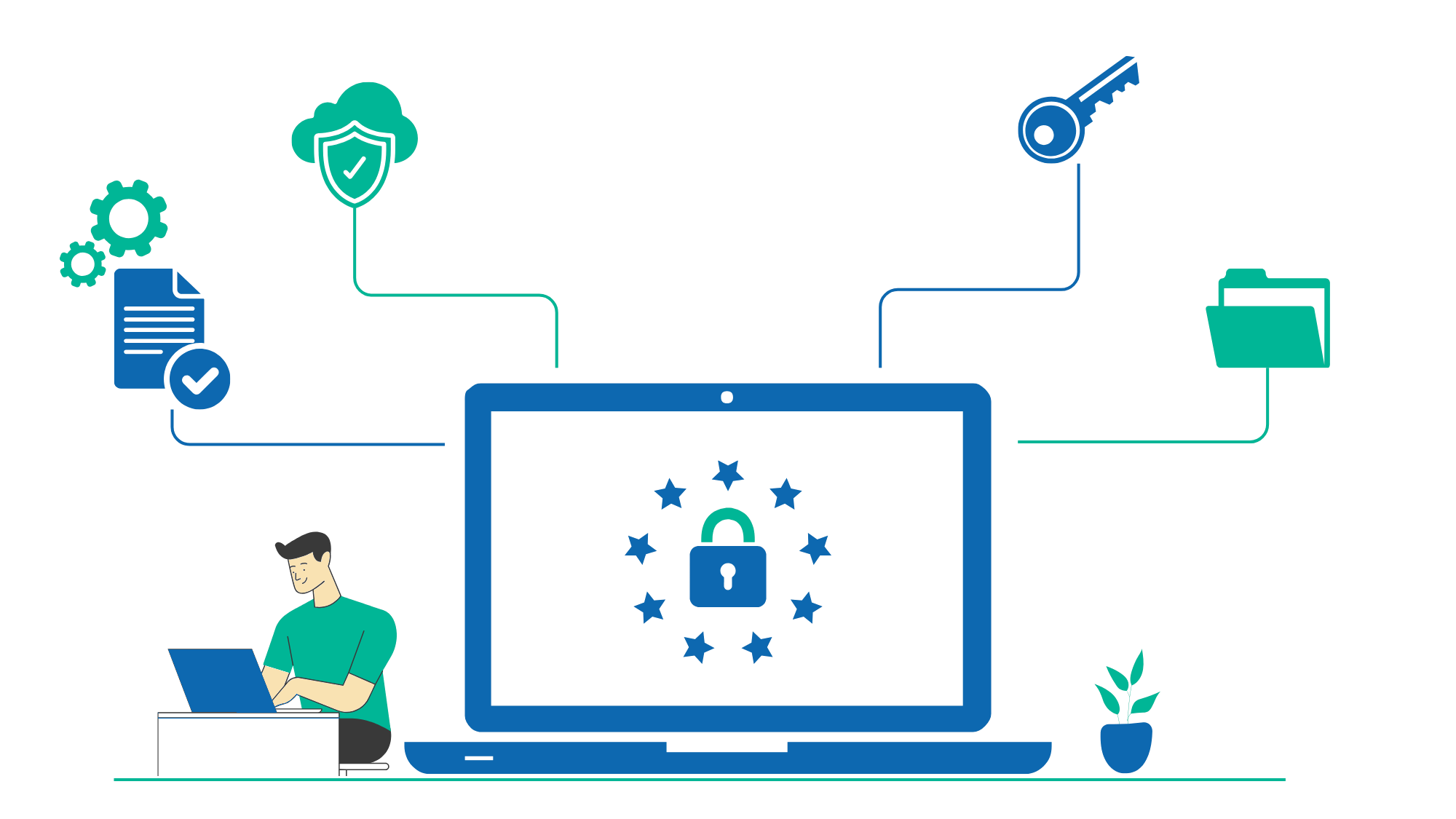
Regulatory processes do not exist in isolation and they can be summarized as receiving data (or products) from somewhere, doing something with it, and then delivering it somewhere else. “Input, processing, and output” is a very high-level description of any business process. In a corporate environment, this implies interaction between stakeholders. These interactions can be reminders, requests, replies, progress reports, and more. You exchange information (i.e., data), ask for and receive sign-offs, send out reports or acknowledge their receipts, and more. These interactions are also a considerable part of the time stakeholders dedicate to a process.
The interactions described are also referred to as the workflow associated with a regulatory process. Workflow is defined as a sequence of tasks that processes a set of data. Workflows occur across every kind of business and industry. Anytime data is passed between humans and systems, a workflow is created. Workflows are the paths that describe how something goes from being undone to done, raw to processed.
A team that works in an eGRC process – or a project – deals with many stakeholders and spends a lot of time managing interactions. Late replies to requests, repeat reminders to execute a specific task or getting a sign-off can be frustrating for all concerned stakeholders. Frustration can lead to delays and definitely creates problems for both the person in charge and their team. The main task of a project manager can be described as “keeping the stakeholders happy and moving things forward smoothly”, frustration and delays are a major stumbling block, both to “moving things forward” and “keeping stakeholders happy.” Constantly escalating issues can be demoralizing, and not always welcome.
A regulatory workflow management tool takes care of all of that. Tasks are assigned, and reminders are automatically sent. Those who receive unnecessary reminders get frustrated with a software package, not with other humans. They also keep receiving a reminder to execute a specific task until they have actually done it. Most regulatory workflow systems allow you to plan tasks that require both an ‘executed’ flag and an ‘acknowledgment’ flag. For instance, it is not enough for somebody to sign off on a report; the recipient must also acknowledge delivery of the sign-off. This helps ensure all stakeholders are on the same page.
One big contribution a regulatory workflow management tool provides to the success of an audit, risk, or compliance project is the time it saves. All interactions are planned like any other task in the project, so there is no need to remember to inform, request, reply, etc. The software does it. It reduces waste of time, frustration and therefore decreases the likelihood of slippages. It allows people involved in the execution of the process or project to concentrate on the tasks. It is like having a support person whose job is to call colleagues, or clients, to remind them to keep everyone on track and focused.
Compliance seldom deals with only one deadline at a time. An internal (or external) audit team usually has to manage several simultaneous audits. Often, a team that has to implement regulatory change has to implement more than one regulation at a time. The time saved because all the interactions are managed by a tool may be used to work on more than one project simultaneously. It is not just a question of time saved; the team’s energy can focus entirely on the tasks at hand. A team member receives a reminder that they have to start a specific task. During the execution of that task, any necessary request for information, sign-off, reminders, etc., is managed electronically. The energy, the focus, and the efforts are not dispersed. The team member executes one task. Marks it as executed in some way. The specific workflow moves on. Another task appears in the inbox; it may belong to another project or process. The workflow manages it, the chances of confusing things are negligible. In this way, team members with specialized skills can be active in more than one project without being confused or less efficient because their focuses and energies are divided among different projects. They stay task-oriented. The project manager knows which task belongs to each project.
A regulatory workflow tool that manages interactions between stakeholders makes a considerable contribution to the success of a project. Automating the flow of communication saves time. The “human element” (i.e., the project manager) has more time to dedicate to real issues that can potentially obstruct the project’s progress, so they have the time and the support to coordinate multiple projects at the same time. A team of consultants, either internal or external to the organization, supported by a regulatory workflow tool, has the opportunity to transform the relationship with their clients from a project-based model to a subscription-based model, a more productive and efficient way of working. Irrespective, if the success of a project can be defined as “keeping stakeholders happy and moving tasks smoothly forward,” a regulatory workflow tool precisely supports the whole GRC project team in achieving the goal.


